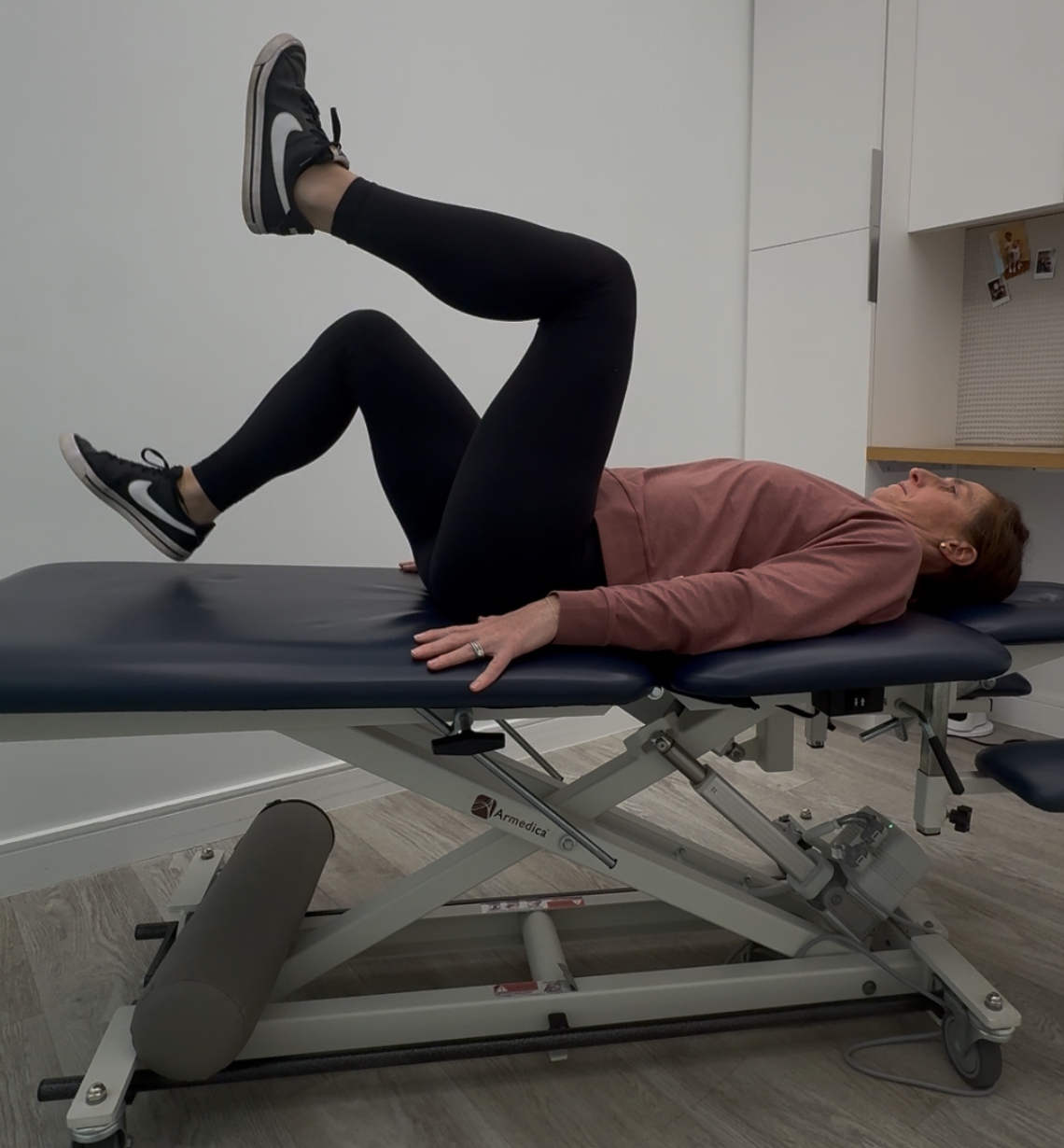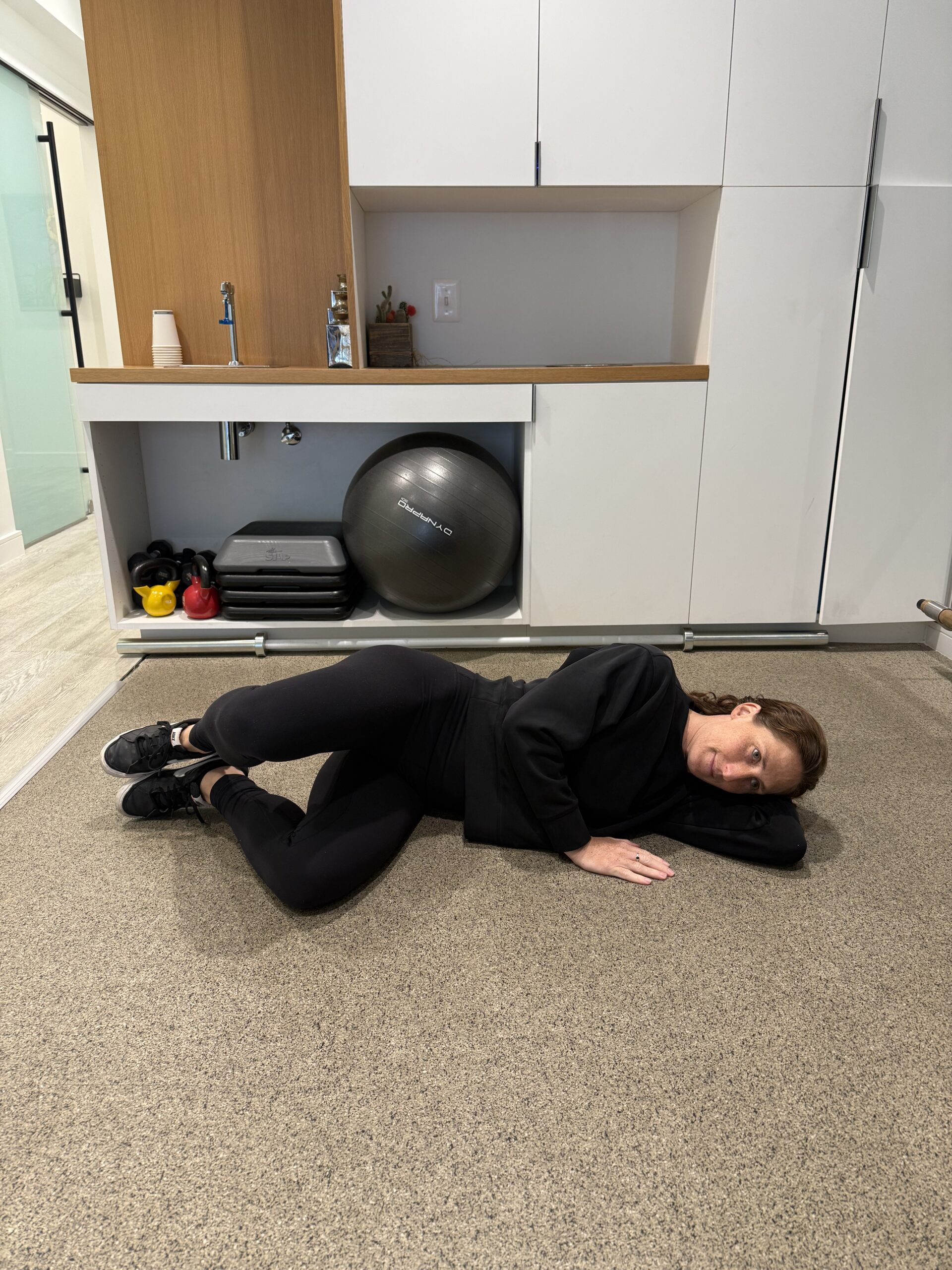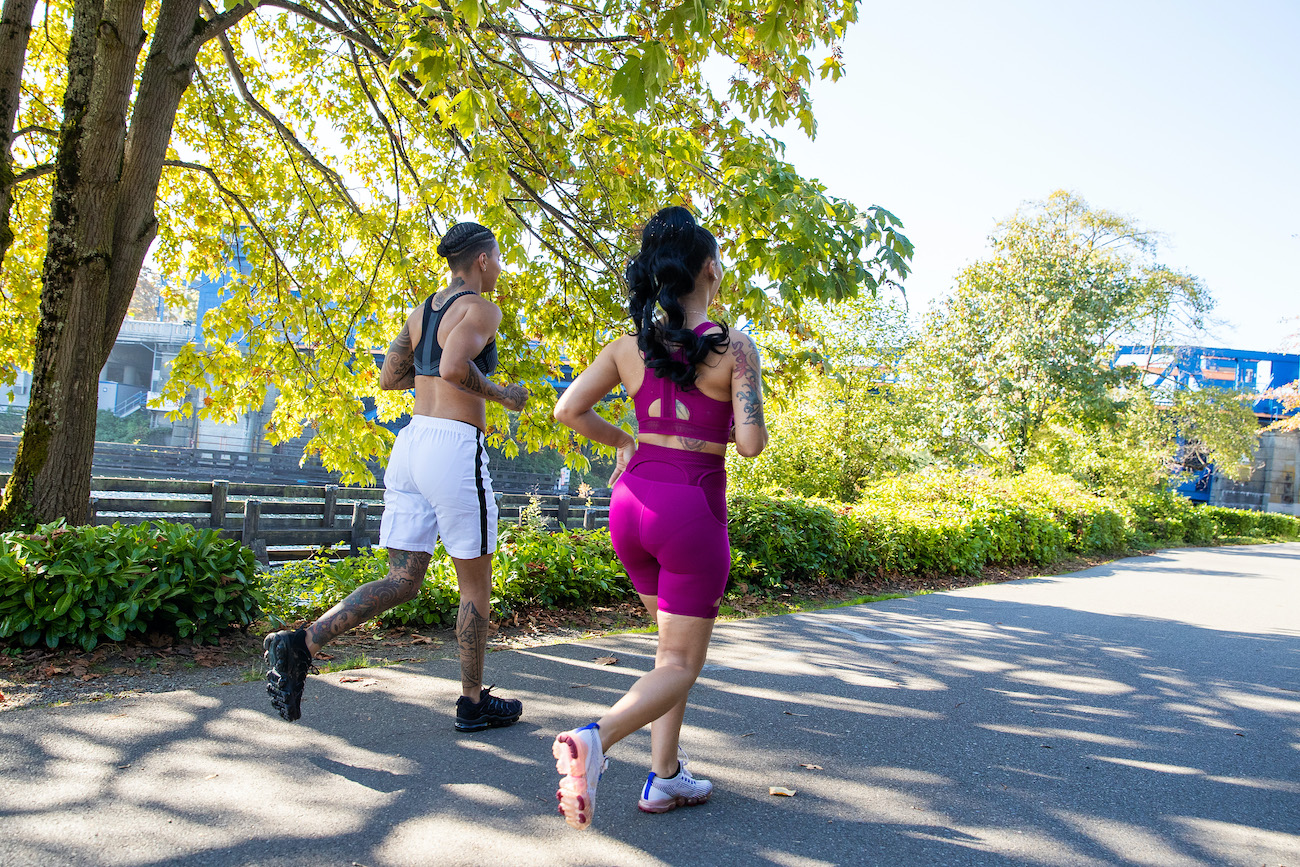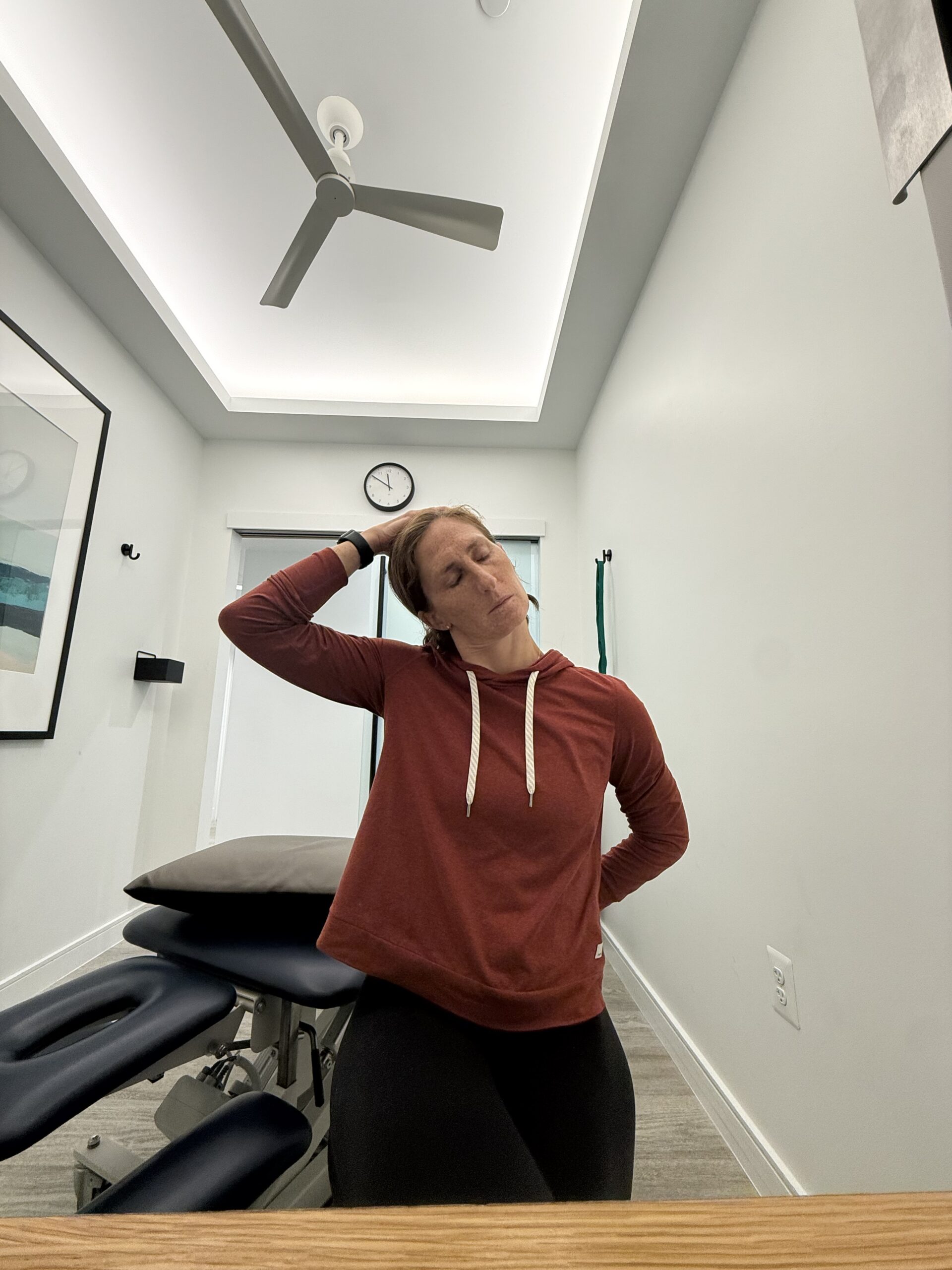Stretching vs. Mobility Exercises, and which one is better?
People are often confused by what they should be doing for “recovery.” Is it stretching? Is it mobility? These two words are often used interchangeably, but what is the difference and when is each one appropriate? While both play vital roles in maintaining a healthy body, they are not the same thing. Understanding the difference between them and why mobility exercises might be more beneficial to your body in the long run can help you build a better
What is Stretching?
Stretching involves lengthening your muscles to improve flexibility. Static stretching, where you hold a stretch for a longer duration, ie. 15–60 seconds, and dynamic stretching, which involves controlled movements that take muscles and joints through their full range of motion, are both common types of stretching exercises.
Benefits of Stretching:
- Increases flexibility by improving the length of the muscles
- Helps in injury prevention when performed regularly
- Reduces muscle tightness and promotes relaxation
- Enhances blood circulation to muscles
What Are Mobility Exercises?
Mobility exercises focus on improving the movement of the joint and muscle rather than just the muscle. Mobility focuses on improving ROM which happens at both. Mobility exercises often involve controlled movements and are designed to activate and strengthen the muscles surrounding the joint, as well as improve its stability and flexibility.
For example, when doing a hip mobility exercise, you may engage in movements that open up the hip joint while strengthening the surrounding muscles, i.e. the core, to ensure proper function and stability. Mobility training doesn’t just focus on muscle lengthening but also joint positioning, control, and overall joint health.
Benefits of Mobility Exercises:
- Improves the range of motion of your joints
- Enhances overall body control and movement efficiency
- Reduces the risk of joint injuries by promoting stability and strength in the joints
- Helps prevent stiffness and maintains fluid, functional movements
- Improves posture and reduces compensatory movement patterns
Key Differences: Stretching vs. Mobility
While stretching and mobility exercises are complementary, they target different aspects of physical health. Let’s break it down:
| Stretching | Mobility Exercises |
| Focuses on muscle length | Focuses on joint and muscle movement as well as stability |
| Primarily static (hold for duration) | Dynamic movements (controlled and active) |
| Improves flexibility | Improves joint range of motion, flexibility and control |
| Targets muscle relaxation and elongation | Targets muscle activation and joint stability |
| Great for reducing muscle tightness | Great for improving overall function around a joint |
Why Mobility Exercises Are More Important
- Joint Health and Function
While stretching can help alleviate tight muscles, it usually just feels good while stretching is occurring and for a short period of time after. It doesn’t usually have a long lasting effect.. A joint that lacks mobility may still function improperly, even if your muscles are flexible. Mobility exercises address this by not just focusing on muscle length, but also on joint function, ensuring that your body can move efficiently without restrictions.
- Injury Prevention
Mobility exercises help to prevent injury. For example, a lack of shoulder mobility can lead to compensatory muscle activation in your neck or back musculature, which may result in an overuse injury. It is important to add mobility exercises to prevent this compensation. Stretching alone may not help reduce these compensatory muscle activations.
- Improved Performance
Mobility training helps move well in all activities of life including work related tasks, activities of daily living and recreational activities. Proper mobility in the hips, ankles, and shoulders, for example, enables you to perform exercises and sports movements with better technique and power. Mobility exercises help prevent stiffness, improve coordination, and enhance your overall athletic performance.
- Posture and Alignment
Mobility exercises help with improved alignment. For example, poor hip mobility can lead to misalignment in the lower back, which can affect your posture and poor shoulder mobility can lead to poor alignment in the neck, also affecting your posture. Consistent mobility work allows you to address underlying movement dysfunctions that could lead to poor posture or chronic pain.
The Bottom Line: Mobility is the best
Stretching is a valuable component of your fitness routine, especially if it feels good for you, but mobility exercises should take priority if you’re aiming to be the healthiest version of you. Stretching helps increase flexibility, but mobility exercises ensure that your joints and muscles work together, allowing you to move more efficiently and with less pain.
Incorporating both stretching and mobility exercises into your fitness routine can maximize your flexibility and overall body function. However, if you only have time for one, mobility is the best option.
How to Get Started with Mobility Exercises
If you’re new to mobility training, schedule an appointment at Release Physical Therapy today to learn more.
Remember, when you start mobility training, the goal is to keep the joints moving fluidly, so aim for controlled, active movements rather than static holds. Gradually increase the range of motion as your mobility improves.
Mommy Thumb (PT + Shockwave)
December 12, 2025
Core Strengthening is more than bicycle kicks and crunches
December 1, 2025
Clamshells aren’t the answer
November 10, 2025
Have you hit a plateau with your plantar fasciitis treatment?
October 27, 2025
Don’t Get Gaslit into What Exercise is Best for You.
October 16, 2025
It’s Marathon Season!
October 1, 2025
Focal Shockwave for Erectile Dysfunction
September 25, 2025
Sit too much? Try these tips.
September 17, 2025
Meet your therapist, Sally
September 4, 2025











